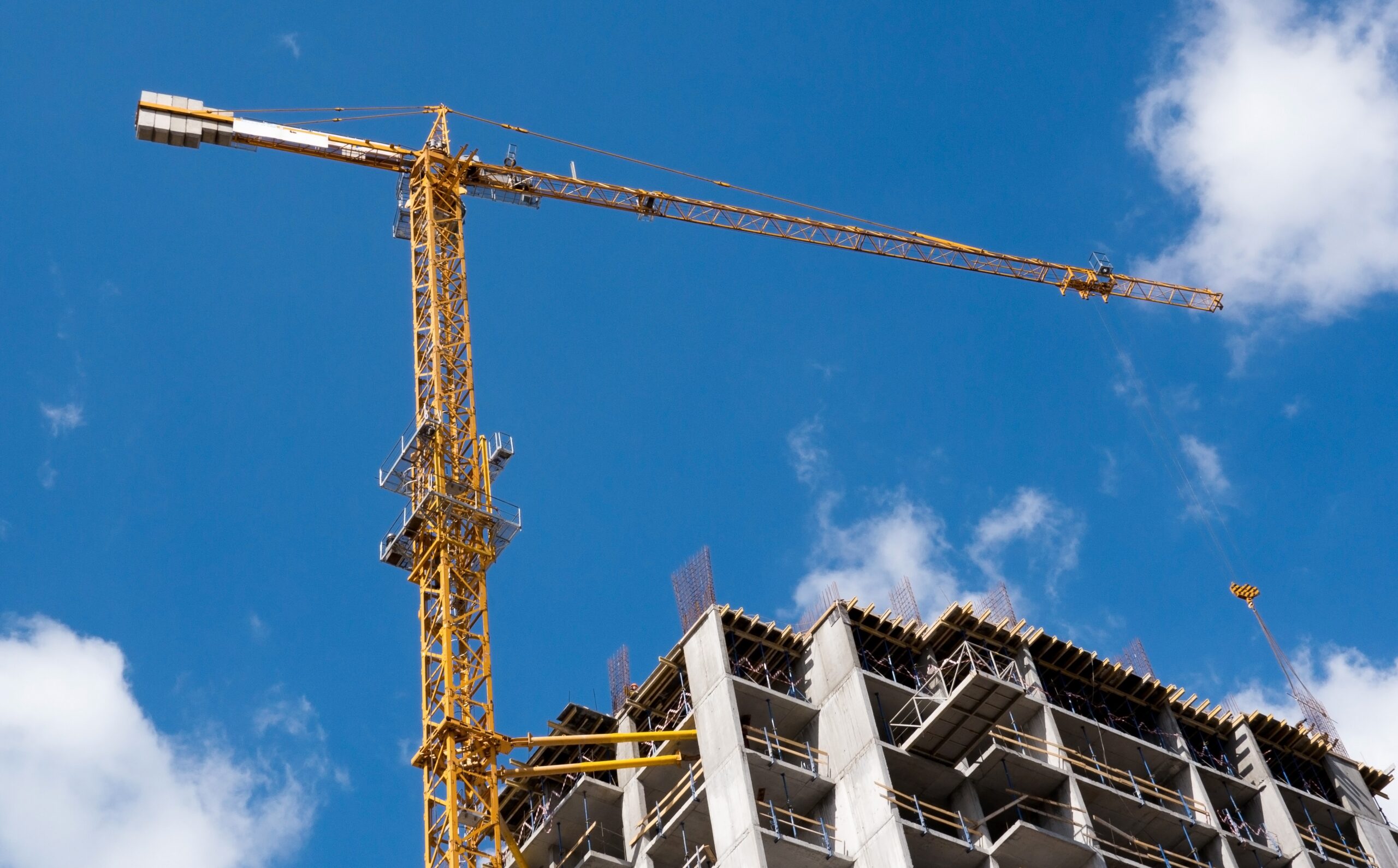According to the United Nations Environment Programme (UNEP), the construction industry accounts for 38% of total global energy-related CO2 emissions, and some estimates suggest that investing in a more resilient infrastructure could save humanity a ‘whopping US$4.2 trillion from climate change damage’. This blog will highlight some of the opportunities to introduce resilience into building design, which will help meet New Zealand’s low emissions, climate-resilient future.
I recently read a brilliant student essay on improving resilience within our built environments. The piece outlined and explained some sound ideas and concepts, all well thought through and achievable, but I couldn’t help thinking it’s a little like parking an ambulance at the bottom of a cliff. If the industry is serious about reducing our impact on the planet, we, as designers, need to do more to reinforce building resilience measures at the initial design stage.
Embodied carbon
There are two types of carbon emissions associated with construction: embodied and operational. Embodied carbon covers the extraction of the raw materials, the manufacturing process and the transportation required to distribute the product. Operational carbon emissions are post-construction considerations, such as heating, ventilation and power consumption.
Many people don’t realise just how significant the embodied carbon footprint is in construction. At nearly 40% of total global emissions, it’s huge. The different types of materials used in the building process — bricks, concrete, steel, glass, timber and plastics — all have to be manufactured, shipped and distributed. And while price and availability often restrict the option of locally produced alternatives, many of these products tend to originate from a wide range of far-flung places across the world.
Resilient by design
Building engineers and architects are in a unique position to influence the design and specification of new construction projects. Their knowledge and expertise can be directed to create more resilient structures that reduce carbon emissions throughout the lifespan of the building. And even after construction, similar thought and consideration needs to be given to maintenance, alterations or plans for extension work, as well as end of life consideration, such as demolition and materials disposal.
So, as building designers, how can we improve? What can we do to reduce embodied carbon in our designs and specifications? Increasingly, customers are asking for low-carbon building options but take some persuading that these alternative products are equally suitable and just as durable. Over the years I have partnered with a few clients who — although particularly enthusiastic about a simple eco-house construction — were intending to import building materials for their projects from Europe and North America, which increased the carbon footprint exponentially.
Essentially, the main resilient building design considerations come under three headings:
- Finding low-carbon alternatives to building materials – Concrete is cheap and easy to make but represents about 7% of global carbon emissions. A tangible reduction in concrete carbon may be as simply as specifying a lower-strength concrete where possible. Low-carbon masonry, often lighter and with excellent thermal qualities, is also widely available on the market. Timber is a great substitution for concrete and steel in low rise construction; it is sustainably sourced in New Zealand and carbon sequestering. Modern manufacturing techniques allow construction of laminated timber breams of virtually any size or shape, providing great performance and architectural appeal — with the added advantage of being easy to work with on site.
- Reusing and recycling – Recycled steel, glass, ceramic and plastic products provide excellent options for external cladding, wallboard panels, roofing systems, tiles, structural steel components and much more.
- Buying local – Transport plays a huge part in the carbon emissions impact of many building products. Wherever possible, we need to source closer to home, which also supports the local economy.
The future
In New Zealand, there are countless examples of five- or six-story buildings where large timber manufactured beams have been used instead of steel or integrated as part of a hybrid system. Timber is low sequestering, lighter, simple to adjust, and performs well during an earthquake when detailed accordingly. There are economic advantages, as timber is much easier to work with and install, reducing specialised trades.
To introduce resilience in building design, we need to specify locally sourced, low-carbon products wherever possible and make sure that we reuse, recycle, and reduce waste. We must move away from our ‘throw-away’ societal mentality and consume fewer resources. So, in support of the industry’s verbal commitments to sustainability and environmental, social and governance (ESG) initiatives, let’s start thinking about how we can design buildings with a longer life span and a future in tomorrow’s world.
> Learn more — read about EFI Global’s structural, civil, geotechnical and forensic engineering solutions for the New Zealand market, or email [email protected]
Tags: builders, building, construction, Environmental impact, New Zealand, Property, Property claims, sustainability

